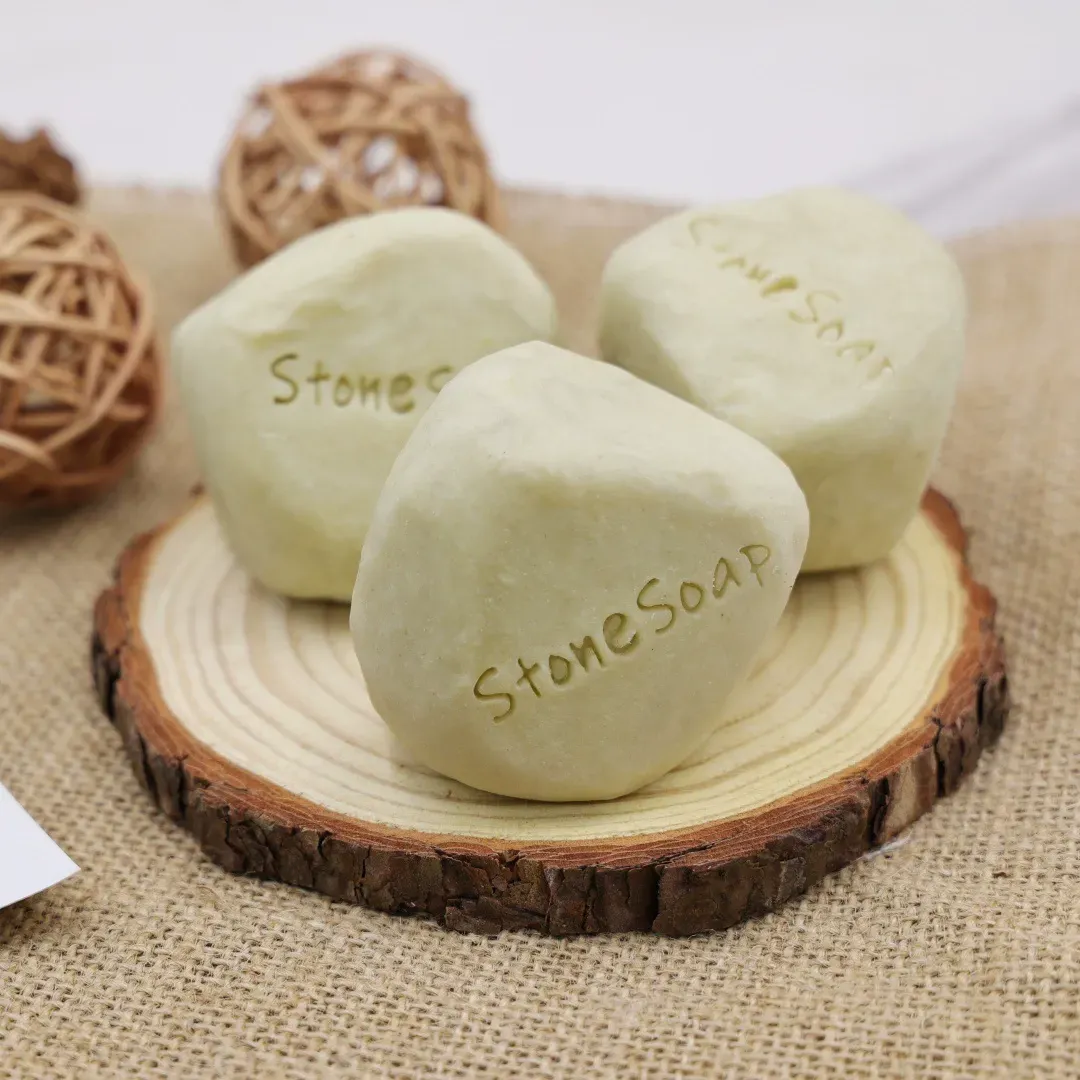💧 Introduction: Unveiling the Moisturizing Power of Lanolin
In the world of natural skincare ingredients, there is a kind of "liquid gold" sourced from sheep, renowned for its unparalleled moisturizing and healing capabilities—that is Lanolin. Many people wonder: Can lanolin be used in soap making? The answer is a resounding yes, and it can elevate an ordinary soap bar into a supremely nourishing lanolin soap.
This article will provide an in-depth analysis of what is lanolin soap, and reveal the secrets to incorporating this miraculous ingredient into your cold process soap formula.
I. ✨ What Is Lanolin Soap?
1. The Essence and Benefits of Lanolin
Lanolin, also known as "wool wax" or "wool grease," is a natural wax-like substance secreted by sheep to protect their wool from moisture. Its structure is very similar to the sebum secreted by human skin, making it highly compatible and easily absorbed.
Lanolin soap is a soap made by adding lanolin to a traditional cold process soap recipe. The primary characteristics of this soap are its powerful emollient and occlusive properties: it can penetrate deep into the skin to moisturize and form a breathable barrier on the skin's surface, effectively slowing down moisture loss.
In short: Lanolin soap is a specialty soap that builds upon gentle cleansing by offering extra deep nourishment and skin protection, making it especially suitable for dry, sensitive, or compromised skin.
2. Can Lanolin Be Used in Soap Making? Absolutely!
For soap makers, the question of can lanolin be used in soap making has been firmly answered by practice. Lanolin is typically treated as a "superfatting" ingredient during the cold process. While it can react slightly with lye, most of it remains in an unsaponified state within the final soap bar.
The benefits include:
Enhanced Moisturizing: Significantly boosts the finished product's skincare capability, making the soap feel smoother and gentler.
Improved Texture: Helps increase the bar's hardness and contributes to a dense, creamy lather.
The Shaving Soap Secret: Lanolin is one of the key ingredients for making premium shaving soaps, as it provides a lubricating layer that reduces razor burn.
II. 🛠️ How to Make Lanolin Soap: Practical Guide (Cold Process)
To create the perfect Lanolin Soap, the timing of addition and the amount used are crucial.
1. The Ideal Lanolin Usage Rate
When learning how to make lanolin soap, the recommended usage rate is typically between 2% and 5% of the total oil weight in the recipe.
Low Percentage (2-3%): Suitable for daily body wash or hand soap, offering gentle moisturizing.
High Percentage (4-5%): Ideal for extremely dry skin, winter skincare bars, or shaving soap.
⚠️ Caution: Exceeding 5% can sometimes result in an overly soft bar, a sticky residue, or negatively affect lathering performance.
2. Key Steps on How to Make Lanolin Soap
Because lanolin is sensitive to high temperatures, here is the best method for adding it to your cold process recipe:
Prepare the Oils: First, weigh and melt all the solid fats (like coconut oil, cocoa butter, etc.) in your recipe.
Integrate Lanolin: Turn off the heat. Once the other solid oils are completely melted, add the weighed lanolin while the oils are still warm. Stir gently, allowing the residual heat to melt it completely. Avoid direct high heat to protect lanolin's beneficial compounds.
Subsequent Steps: Ensure both the oil temperature and the lye solution temperature are within the ideal soaping range (typically 110°F-130°F / 43°C-54°C). Then, just like making regular cold process soap, slowly pour the lye solution into the oils and blend until you reach a satisfactory Trace.
Unmolding and Curing: Pour into molds and unmold after 24-48 hours. Lanolin soap requires a 4-6 week curing period to achieve optimal mildness.
📜 Conclusion: Lanolin Soap—Your Skin's Savior
Lanolin soap is far from a fleeting trend; it is a time-tested natural skincare solution. You now understand not only what is lanolin soap but also the advantage of can lanolin be used in soap making, and the practical steps for how to make lanolin soap.
If you suffer from dry, rough, or sensitive skin, consider making or purchasing a high-quality lanolin soap to make it your secret weapon for winter skin care.
👉 Would you like me to search for a specific "Lanolin Cold Process Soap Recipe" to help you start your soapmaking journey?


